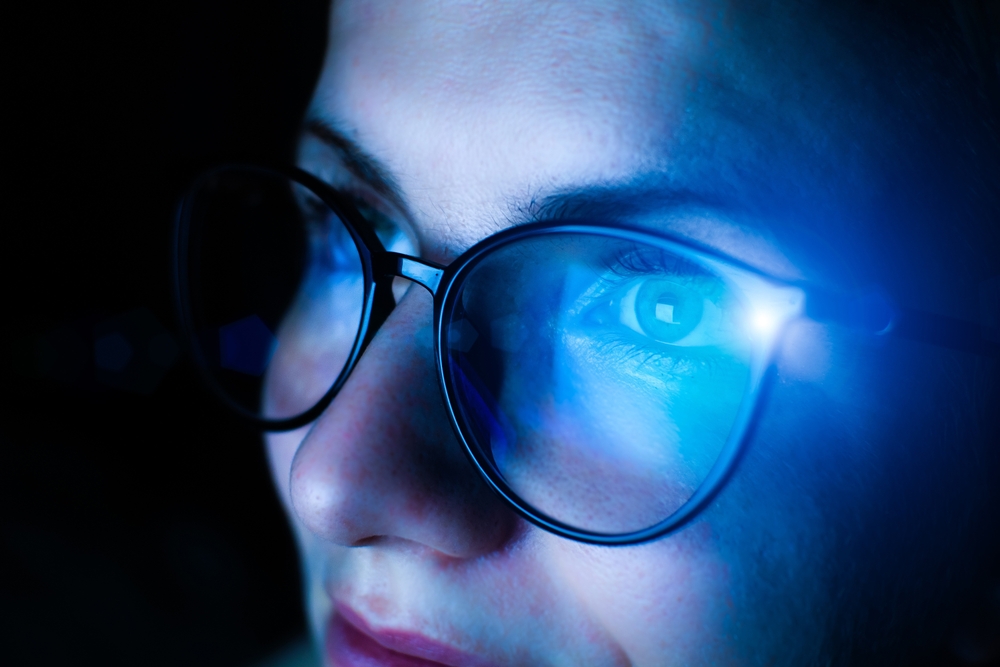
In today's digital age, we are constantly surrounded by various forms of light, including the elusive blue light. As we spend more time in front of our electronic devices, such as computers, smartphones, and tablets, the exposure to blue light has become a growing concern for our eye health.
Blue light is a type of high-energy visible (HEV) light that falls within the visible spectrum of the electromagnetic radiation. This spectrum ranges from violet to red, with blue light occupying the shorter wavelength and higher energy end of the spectrum. Unlike ultraviolet (UV) light, which is invisible to the naked eye, blue light is visible and can be found in various sources, including the sun, LED lighting, and digital screens.
While blue light plays a crucial role in regulating our circadian rhythms and enhancing cognitive function, prolonged exposure can have detrimental effects on our eyes. The high-energy nature of blue light can penetrate deep into the eye, potentially causing damage to the retina, the light-sensitive layer at the back of the eye. This can lead to a condition known as "blue light hazard," which has been linked to an increased risk of age-related macular degeneration, a leading cause of vision loss in older adults.
Additionally, blue light exposure can contribute to the development of computer vision syndrome (CVS). Computer vision syndrome (CVS) is a prevalent condition that affects individuals who spend significant amounts of time in front of digital screens, such as computers, smartphones, and tablets. While the prolonged use of these devices is a primary contributor to CVS, the exposure to blue light emitted by these screens plays a crucial role in the development and exacerbation of the condition.
The high-energy nature of blue light can cause the eyes to work harder to focus, leading to eye strain, fatigue, and other symptoms associated with CVS. Additionally, the blue light can disrupt the body's natural circadian rhythms, which can contribute to sleep disturbances and further exacerbate the symptoms of CVS.
The symptoms of blue light exposure and CVS can vary from person to person, but some of the most common include:
Fortunately, there are several strategies you can implement to reduce the harmful effects of blue light and protect your eyes:
Alongside these preventive measures, it's crucial to schedule regular eye exams with a qualified eye care professional. They can assess the health of your eyes, identify any underlying issues, and provide personalized recommendations to help protect your vision from the harmful effects of blue light exposure.
As our reliance on digital devices continues to grow, it's essential to be proactive in protecting our eyes from the potential harm caused by blue light exposure. By understanding the nature of blue light, recognizing the symptoms of CVS, and implementing effective prevention strategies, you can safeguard your vision and maintain optimal eye health. Remember, taking care of your eyes today can lead to a lifetime of clear, comfortable, and healthy vision.
At Berris Optical, we are committed to helping you protect your eyes from the harmful effects of blue light. We can provide personalized recommendations and solutions to ensure your eyes remain healthy and comfortable, even in our increasingly digital world. Visit our office in Rocky River, Ohio, or call (440) 571-7100 to schedule an appointment to take the first step towards safeguarding your vision.